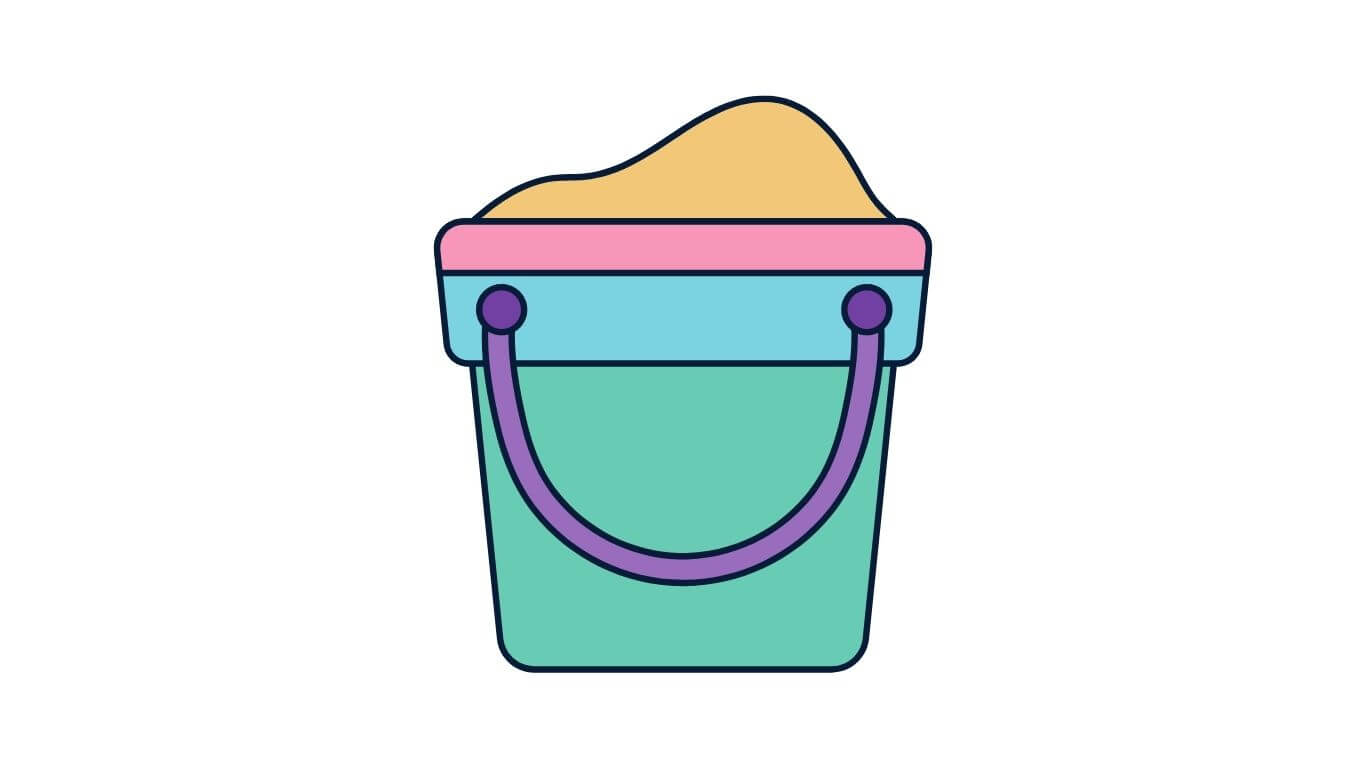
Caring for a bearded dragon within the confines of a vivarium often entails optimizing a variety of conditions to simulate a natural habitat closely. This often includes finding the right bedding/substrate that would be safe for your beardie to thrive.
Among the common substrates is calcium sand which has been associated with several benefits and disadvantages towards the health of a bearded dragon.
What is Calcium Sand?
Calcium sand is a special type of sand with a relative composition of the mineral calcium carbonate. As such, unlike regular sands often filled with small minerals and tiny rocks, calcium sand contains specifically high amounts of calcium.
Benefits Associated with Calcium Sand
Calcium sand’s chief mineral component, calcium, often presents with some health benefits if ingested by a beardie in appropriate proportions. As such, the calcium ingested should thus help the beardie’s body systems and even supplement their diet in case of a deficiency. Some of the benefits include;
- Proper bone development and overall growth
- Healthy muscle contractions
- Good reproductive health and egg development in females
Side Effects of using Calcium Sand
Despite the numerous health benefits of calcium sand, it is usually not pet stores’ favorite. Indeed, it occasionally causes other health and safety concerns to a bearded dragon upon prolonged utilization. Some of the associated dangers include:
Stomach and digestion problems
This is usually attributed to the high alkaline nature of the calcium sand. As such, if ingested frequently over time, the alkalinity would neutralize the beardie’s stomach acidity, thus limiting their ability to digest food properly. This eventually leads to bloating and stomach pain, among other manifestations.
Impaction
Despite the calcium sand’s easy dissolution compared to other substrates, prolonged ingestions could result in the slow accumulation of the particles within the digestive system, causing a blockage.
Hypercalcemia
This condition also arises when the beardie ingests too much calcium. This results in several health problems manifesting as general weakness, stiff muscles, sluggish behavior, and constipation, among others.
Irritation
The calcium sand also has very tiny particles which present as dusty, possibly causing irritations in the beardie’s eyes, nose, trachea, and lungs. The dust could thus affect their ability to properly breathe or see, essentially resulting in other complications like trouble feeding.
Summary
My take is that the calcium sand often presents with many health complications. Even if used properly and therefore you need to avoid it.
As such, it is mostly unsafe for beardies. You should seek other fitting and most recommended substrates for your vivarium.
Up next Are Bearded Dragons Dangerous?
- Are you supposed to clip a bearded dragon’s nails? - October 21, 2022
- What do you do when you first get a bearded dragon? - October 21, 2022
- What is the best vegetable for bearded dragons? - October 21, 2022
